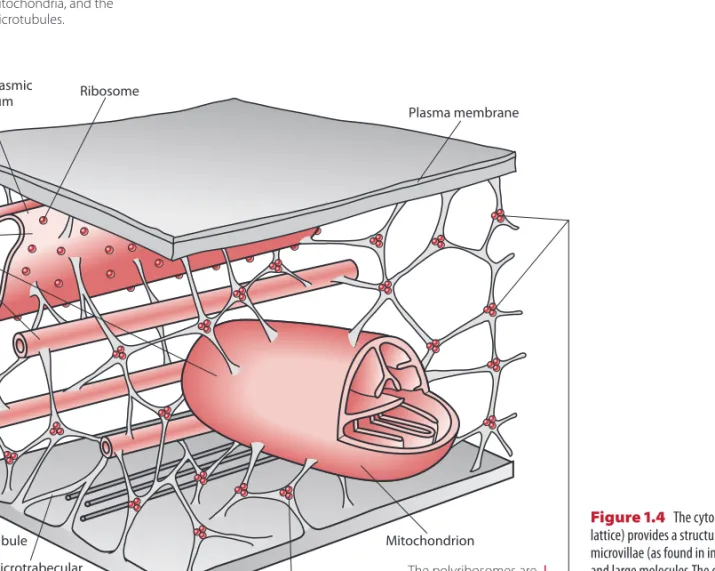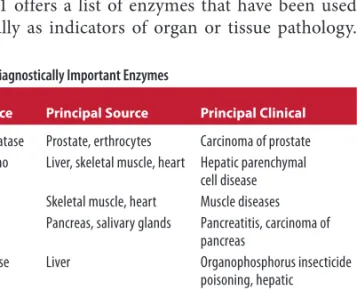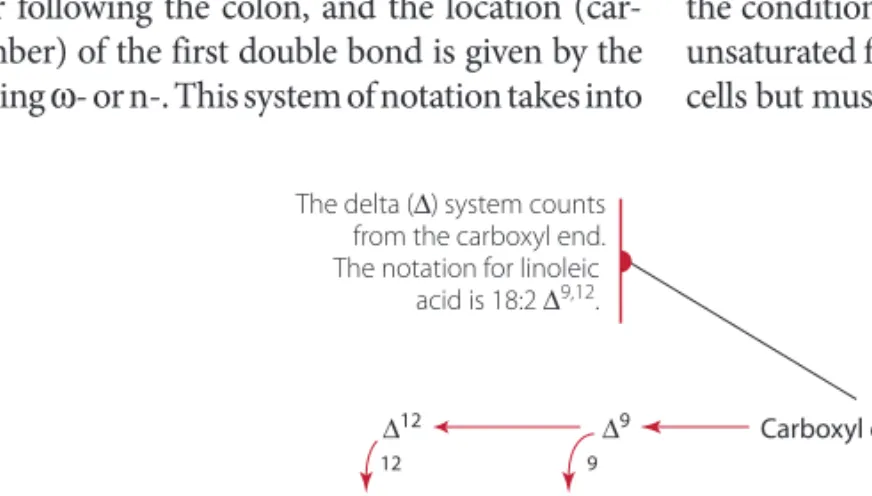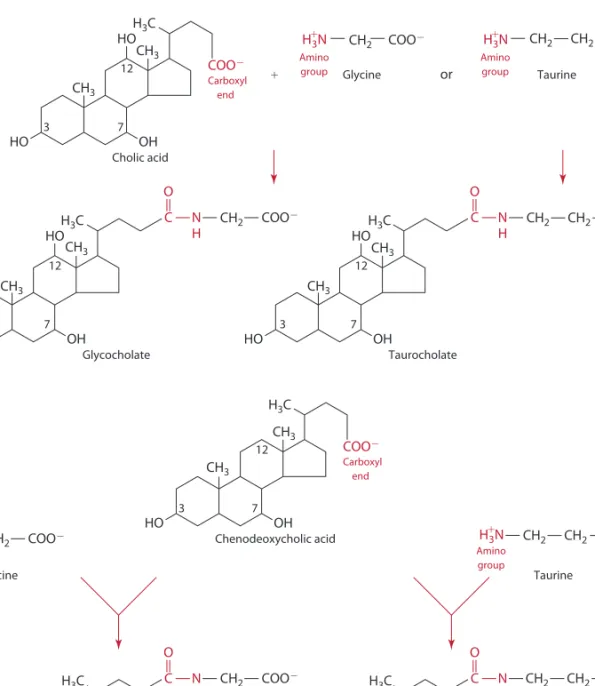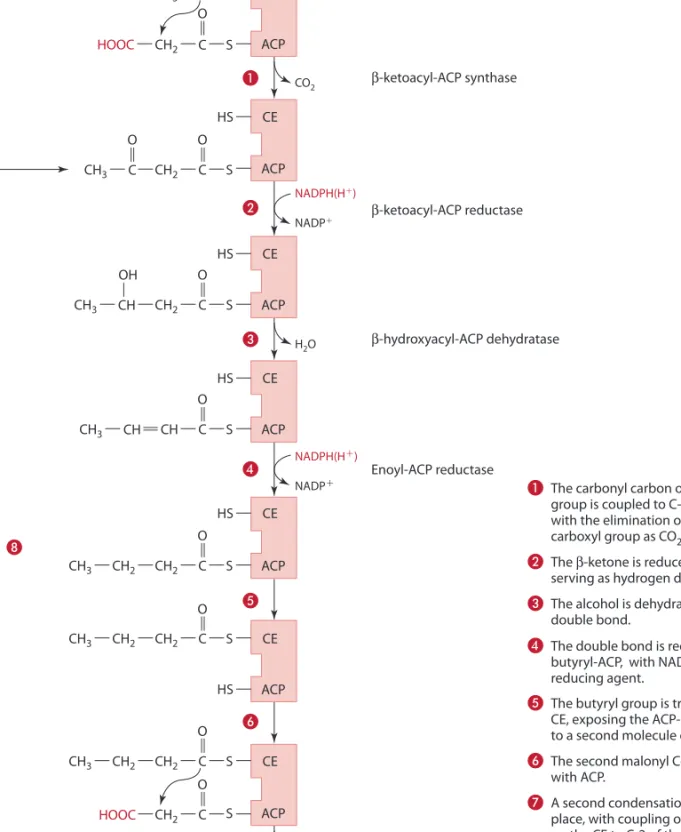The Dietary Reference Intake (DRI) includes two sets of values that serve as measures of nutrient intake – the Recommended Dietary Allowance (RDA) and the Adequate Intake (AI). The AI is more preliminary than the RDA, but both can be used as a measure of nutrient intake. In addition to the values that serve as measures of nutrient intake, the DRI includes a set of values called Tolerable Upper Intake Levels (UL).
No part of this copyrighted work may be reproduced, transmitted, stored, or used in any form or by any means, graphic, electronic, or mechanical, including photocopying, recording, scanning, digitization, web recording, but not limited to them. distribution, information networks, or information storage and retrieval systems, except as permitted by Sections 107 or 108 of the United States Copyright Act of 1976, without the prior written permission of the publisher. For product information and technology assistance, contact us at Cengage Learning Customer Sales & Support. For permission to use material from this text or product, submit all requests online at cengage.com/permissions.
Visit academic.cengage.com for your course and learning solutions. Purchase one of our products at your local college store or at our favorite online store www.ichapters.com. She has been very understanding of the changes in my career and our new directions.
Brief Contents
Cells and Their Nourishment
Macronutrients and Their Metabolism
The Regulatory Nutrients
Homeostatic Maintenance
Contents
Carbohydrates 63
- hydrolysis of ATP to ADP and phosphate
- addition of the phosphate to the substrate (glucose) molecule
Their role in the secretion of thyroid hormones is particularly important (see Chapter 12). Gastrin also stimulates gastric motility and gastric cell growth (that is, has a trophic effect on) the stomach. Small amounts of bile may be passively reabsorbed in the jejunum and colon.
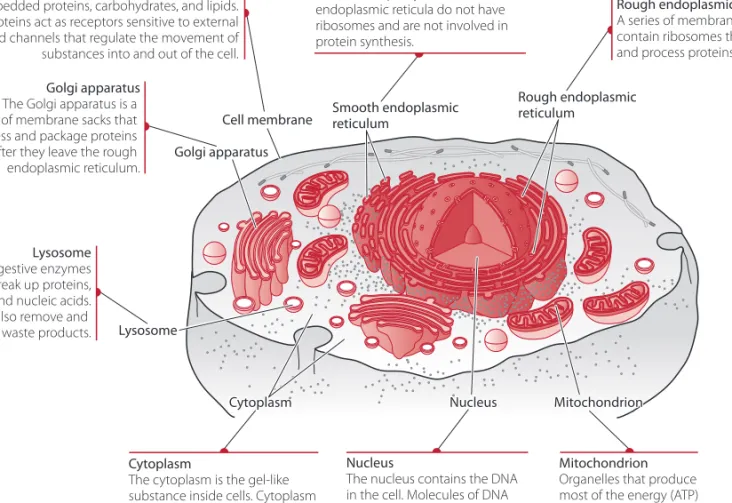
In Figure 3.3, the structures of glucose and fructose are shown as open chain models, in which the carbonyl (aldehyde or ketone) functions are free. Figure . Structural (open chain) models of the D and L forms of the monosaccharides glucose and fructose. Further digestion of the dextrins is resumed in the small intestine by the α-amylase of pancreatic origin, which is secreted into the duodenal contents.
The cellular uptake of glucose requires it to cross the cell's plasma membrane. GLUT2 is a low infinity transporter with dominant expression in the β-cells of the pancreas, liver and kidney. When blood sugar levels are elevated, insulin is released by the β-cells in the pancreas.
The difference may also reflect real differences in the biological diversity of the food. The detailed pathways showing the names of the chemicals and providing their structures are shown in the later figures. The phosphate is transferred from the 6-carbon of the glucose to the 1-carbon in a reaction catalyzed by the enzyme phosphoglucomutase.
Figure . (a) Reactions of glycogenesis, in which the formation of glycogen from glucose takes place. b) The primer function of glycogenin. Figure . The reactions of glycogenolysis, in which glucose residues are successively removed from the non-reducing ends of glycogen segments. Providing this energy is the main function of the anaerobic pathway from glucose to lactate.
Hexokinase in muscle (but not glucokinase) is negatively regulated by the product of the reaction, glucose 6-phosphate. The isomerization, catalyzed by aconitase, involves dehydration followed by sterically reversed hydration, leading to the repositioning of the. Figure . The sequential arrangement of the components of the electron transport chain, showing its division into four complexes, I, II, III and IV.
NADH–Coenzyme Q Oxidoreductase Complex I transfers a pair of electrons from NADH to coenzyme
The complexes work independently and are linked by mobile acceptors of electrons, coenzyme Q and cytochrome c.
Coenzyme Q–Cytochrome C Oxidoreductase Reduced coenzyme Q passes its electrons to cytochrome
Glycolytic enzymes Glucokinase
Bifunctional enzymes
Gluconeogenic enzymes
- The transfer of a phosphate group from a very high energy phosphate donor to ADP, a process called sub-
- Oxidative phosphorylation, by which the energy derived from the translocation of H + , which occurs
- Simple lipids a. Fatty acids
- Derived lipids (derivatives such as sterols and straight-chain alcohols obtained by hydrolysis of those lipids in groups 1 and 2 that still possess general
- Ethyl alcohol (though it is not a lipid per se, it does supply dietary energy, and its metabolism resembles lipid metabolism)
Most of the energy needed by the body is in the form of stored ATP. It is also a component of the exoskeleton of insects and is found in the shells of crabs, shrimps and lobsters. The compounds are named as phosphatidyl derivatives of alcohols, as shown in the figure.
From there, the bile salts are returned to the liver via the portal vein to be re-secreted in the bile. This stabilizes the particles in the aqueous environment of the circulation, which they eventually enter. Much of the lipid delivered to the liver is in the form of chylomicron remnants (20%).
The apo-lipoprotein E on the surface of the chylomicron remnants binds with specific receptors for apoE in the vasculature. ApoA-1 is the major apoprotein in the HDL particles that are part of the reverse cholesterol system. Before the actual steps in the elongation of the fatty acid chain can begin, the two sulfhydryl groups must be
Note that most of the acetyl-CoA in the mitochondria is produced by the oxidation of.
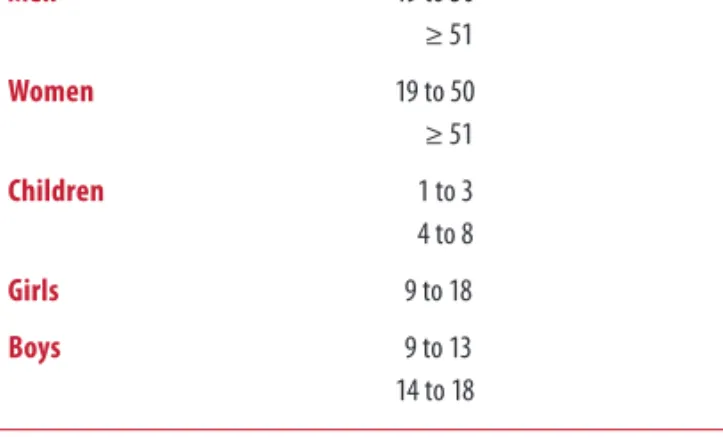
- a cytoplasmic sequence by which 3-hydroxy-3-methyl- glutaryl CoA (HMG CoA) is formed from 3 mol of ace-
- the conversion of HMG CoA to squalene, including the important rate-limiting step of cholesterol synthesis,
- the formation of cholesterol from squalene
Figure . Formation of prostaglandins, thromboxanes and leukotrienes from arachidonic acid via cyclo-oxygenase and lipoxygenase pathways. Figure . A schematic overview of the synthesis of triacylglycerols and lecithin showing that the precursors are common. Instead, a switch to lipogenesis is stimulated, which is accomplished in part by inhibiting the entry of fatty acids into the mitochondria.
Figure . An overview of the cholesterol biosynthesis pathway in the hepatocyte showing the negative regulatory effect of cholesterol on the HMG CoA reductase reaction. Recall that citrate is part of the shuttle for the movement of acetyl CoA from the mitochondria (a major site of production) to the cytoplasm where fatty acids are synthesized. This effect increases the expression of UCP in the inner mitochondrial membrane and accelerates the synthesis of lipoprotein lipase and glucose transporters to make more fatty acids and glucose available [ 33 ].
A shift in the response to glutamate due to the increased NADH reduces the availability of α-ketoglutarate, which is the main acceptor of amino groups in the transamination of amino acids. Figure . The reversible reaction of glutamate and NAD+ forming α-ketoglutarate, NADH and ammonia, catalyzed by glutamate dehydrogenase (GluDH). The specific component of the MEOS known to be induced by heavy consumption of ethanol has been designated cytochrome P-450IIE1.
A well-known component of the atherogenic process is the proliferation of smooth muscle cells that underlie the endothelium of arterial walls. A novel regulatory pathway for brown fat thermogenesis: Retinoic acid is a transcriptional activator of the mitochondrial uncoupling protein. The atherogenic process is believed to begin in the endothelium with subsequent or simultaneous involvement of the medial smooth muscle cells.
These cells are thought to be activated as a result of simultaneous penetration of the endothelium by LDL. Oxidation results in peroxidation of double bonds in the lipid group of the LDL particle. 2 In the intima, the polyunsaturated fatty acid, esterified to the cholester in LDL, is oxidized.
